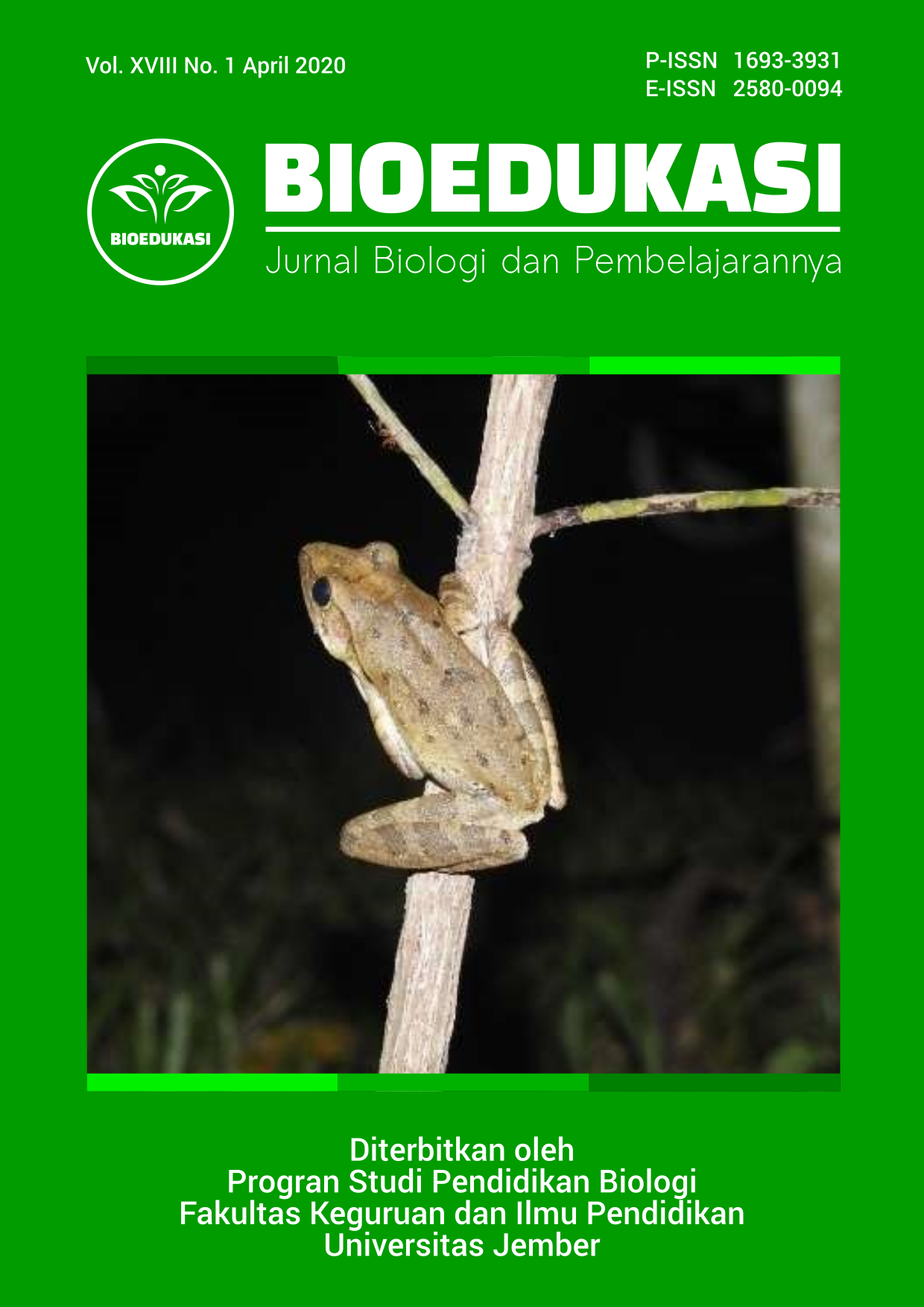Microbiological Quality of Coriander in Malang Traditional Market
Abstract
Coriander is commonly used by people as a food flavour. Actually, people does not separate the intact and damaged coriander for food processing. The aim of this study is to examine the microbiological quality of the intact and damaged coriander based on the Total Plate Count (TPC) of mold colonies and identification of the mold contaminants. Identification of contaminants mold based on the colony and microscopic character description. Then, the fungi characters refers to the identification key book for fungi identification. The research results is: 1) the intact coriander TPC is 1.6 x 103 colonies/g and the damaged coriander TPC 1.4 x 107 colonies/g. 2) There are 10 species of molds contaminant isolated from the intact coriander and damaged coriander.

This work is licensed under a Creative Commons Attribution-NonCommercial-NoDerivatives 4.0 International License.









 https://orcid.org/0000-0003-1920-0515
https://orcid.org/0000-0003-1920-0515
